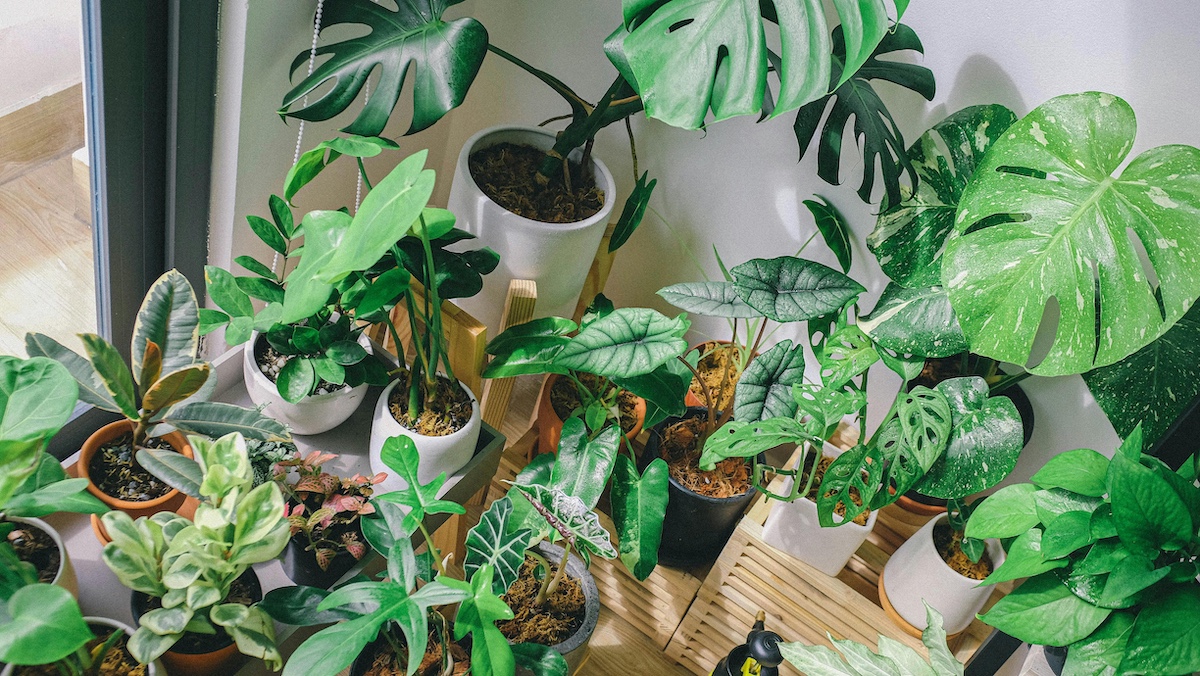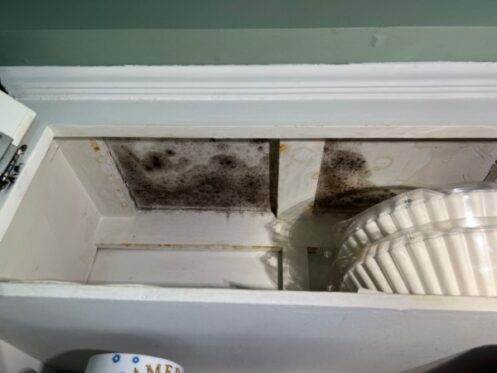Homeowners often overlook attic ventilation, yet it plays a crucial role in maintaining a healthy and energy-efficient home. Proper attic ventilation helps regulate temperature and moisture levels, which can significantly impact the longevity of your roof and the overall health of your living space.
Your attic’s ventilation is for more than maintaining a comfortable living space. It’s also about protecting your home’s integrity. By reducing the risk of costly home repairs and optimizing your cooling and heating bills, adequate attic ventilation puts you in control of your home’s energy efficiency and your family’s comfort. Let’s delve deeper into the benefits of attic ventilation.
How Attic Ventilation Works
Attic ventilation allows air to flow through the attic, helping control temperature and moisture. It uses two types of vents: intake vents and exhaust vents. Intake vents at the roof’s edges let fresh air into the attic, while exhaust vents at the top of the roof let warm, moist air out.
As cool air comes in through the intake vents, it pushes hot, humid air out through the exhaust vents. This constant airflow keeps the attic cooler in the summer. It prevents moisture buildup in the winter, protecting the roof and improving the home’s energy efficiency.
A well-ventilated attic behaves like opening two windows on the opposite side of the room and allowing the free flow of air. If you close both windows, the room becomes warm and unbearable. When you open only one window and leave the other closed, air can come in but not back out, disrupting proper ventilation.
Signs That Your Attic Is Poorly Ventilated
- Excessive heat: The attic is sweltering, even on mild days
- High energy bills: Increased costs for heating and cooling
- Mold and mildew: Presence of mold or mildew on attic surfaces
- Musty odors: A persistent musty smell
- Dampness: Insulation feels damp or soaking wet
- Water stains: Discoloration on the attic ceiling
- Rust: Corrosion of metal materials, like nails and other fixtures
- Roof damage: Rippled or wavy shingles and roofline
- Peeling paint: Peeling or blistering paint inside the attic
- Ice dams: Formation of ice dams along the roof edges during winter
Everyday Benefits of Proper Ventilation
Preventing Warped Walls and Wood
Moisture buildup in your attic can cause problems like mold, wood rot, and insulation damage. Proper attic ventilation lets fresh air circulate, stabilizing the temperature and moisture levels. This prevents the excessive heat and humidity that can cause wood frames, door frames, paneling, and furniture to warp. Installing vents, like ridge vents, soffit vents, and attic fans, helps keep your attic cool and dry. This easy step protects your home’s structure and extends the life of your wooden features.
Lengthening the Life Span of Your Roof
Poor ventilation in your attic can cause it to overheat, shortening the lifespan of your roof. Most homes in the US have asphalt shingles on their roofs, which usually last 20 to 25 years. However, the shingles can deteriorate much faster if your attic is constantly overheated due to poor ventilation. This leads to lifting and peeling shingles, exposing the roofing materials underneath and causing severe damage over time.
Eventually, you may need a total roof replacement, which is costly compared to a ventilation system. Proper ventilation helps regulate temperature and moisture levels in the attic, protecting your roof’s materials and structure. Investing in adequate ventilation extends your roof’s lifespan, saving you money on repairs or replacement in the long run.
Improved Indoor Air Quality
Without proper ventilation, pollutants and allergens can build up in your attic and spread to your living areas, worsening allergies and respiratory problems. Ensuring your attic has good ventilation prevents these harmful contaminants from accumulating. It’s a simple step in creating a healthier indoor environment for you and your family.
Energy Efficiency
Proper attic ventilation isn’t just about comfort and health; it’s also a key player in your home’s energy efficiency. It helps your home stay cool in the summer by letting out hot air and prevents excessive moisture buildup in the winter. This, in turn, helps your heating and cooling systems work more efficiently, leading to lower energy bills and a reduced environmental footprint.
Summer Benefits
Reducing Heat and Humidity
During the summer, the sun’s rays heat your roof, warming the air inside the attic. An unventilated attic can reach temperatures of up to 150° F. Proper attic ventilation allows fresh air to circulate throughout your home, maintaining comfortable indoor temperatures.
As hot air escapes from the attic, it eases the load on your air conditioning system, making it more efficient at cooling your living spaces. Ventilation also helps regulate humidity levels, protecting your home’s structural integrity. Without proper ventilation, excessive heat and moisture can cause damage to ceilings, wallpapers, paints, and siding, leading to costly repairs. Effective attic ventilation ultimately saves you money on maintenance and repair expenses.
Reducing Cooling Costs
When your attic doesn’t have enough ventilation, cooling your home is more expensive. In the summer, the heat from the attic can make the rest of your house hotter. To counteract this, you end up turning your AC up higher. But if your attic has good ventilation, the hot air can escape, and it’s easier to keep your home cool without using as much energy. Without proper ventilation, the heat from the attic can spread into your living spaces, making your AC work harder to keep things cool.
Winter Benefits
Preventing Water Damage
In winter, the warm air inside your home can rise into the attic if it’s not well-ventilated. This warm air meets the cold surfaces in the attic and turns into moisture. Humidity from everyday activities like cooking, showering, and using appliances can also add to the moisture in the attic, leading to condensation and potential mold growth. Without proper ventilation, this moisture can cause problems like mold and mildew, damaging your home and affecting your health. Proper ventilation lets this moist air escape, keeping your attic dry and safe.
Preventing Ice Dams
In winter, warm air from inside your home rises into the attic and warms the underside of the roof when temperatures drop. This warmth can cause snow on the roof to melt, creating water that runs down. But when this water reaches the colder edges of the roof, it freezes again, forming ice dams.
These ice dams block further water from draining off the roof, leading to potential leaks and damage. Warm, moist air can condense on cold surfaces in the attic without proper ventilation, contributing to ice dam formation. However, with good ventilation, condensation is reduced, lowering the risk of ice dams forming and preventing potential damage to your roof and home.
Good ventilation in your house ensures that air flows evenly in and out of your attic all year. If the airflow isn’t balanced, it can create hot spots that cancel out the benefits of having good ventilation.
Ensuring your attic is adequately ventilated can save you from paying for expensive repairs later, lowering energy bills, and keeping your home comfortable. If you need to check if your attic has proper ventilation, asking a professional for advice is a good idea. Our team can help figure out how much ventilation your house needs. We also offer services to help remove attic odors, test for mold, and help bring your attic back safely.



